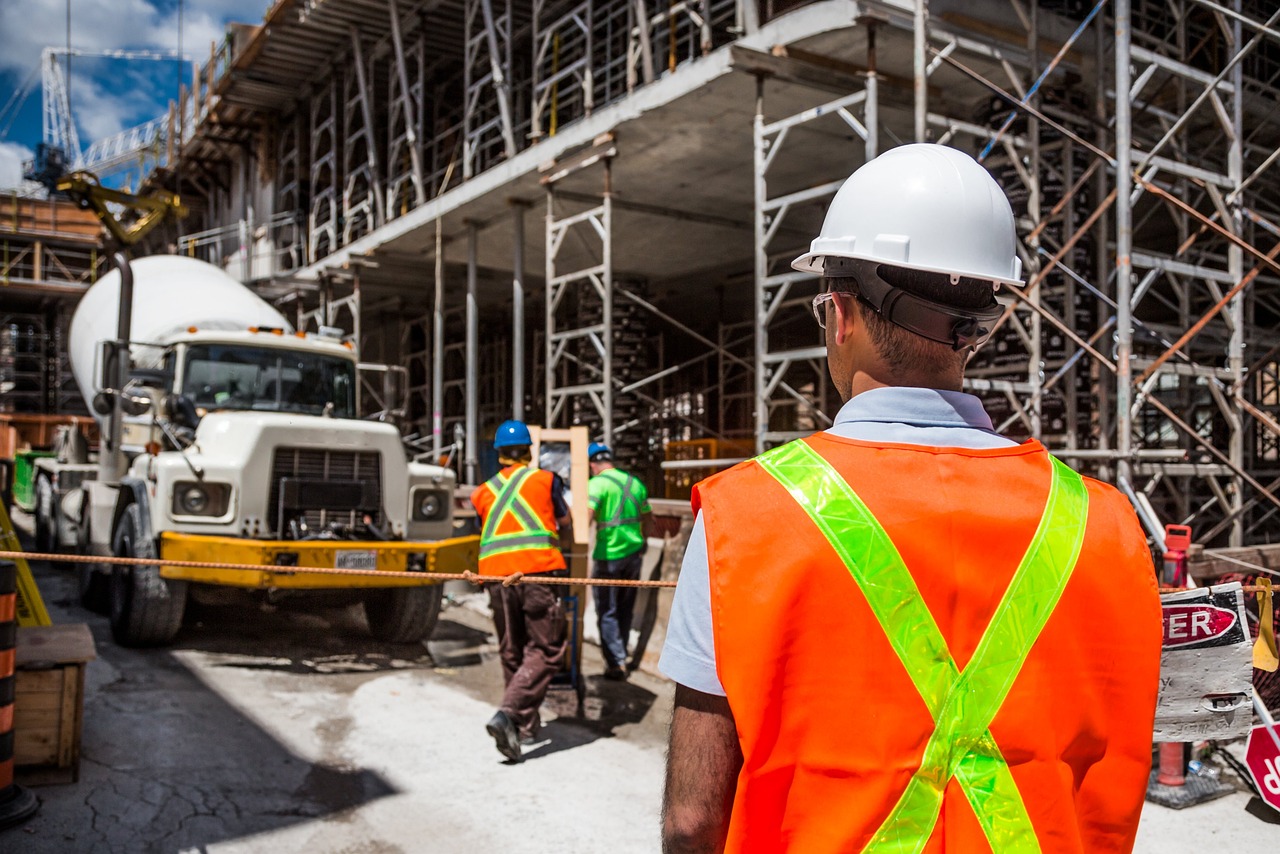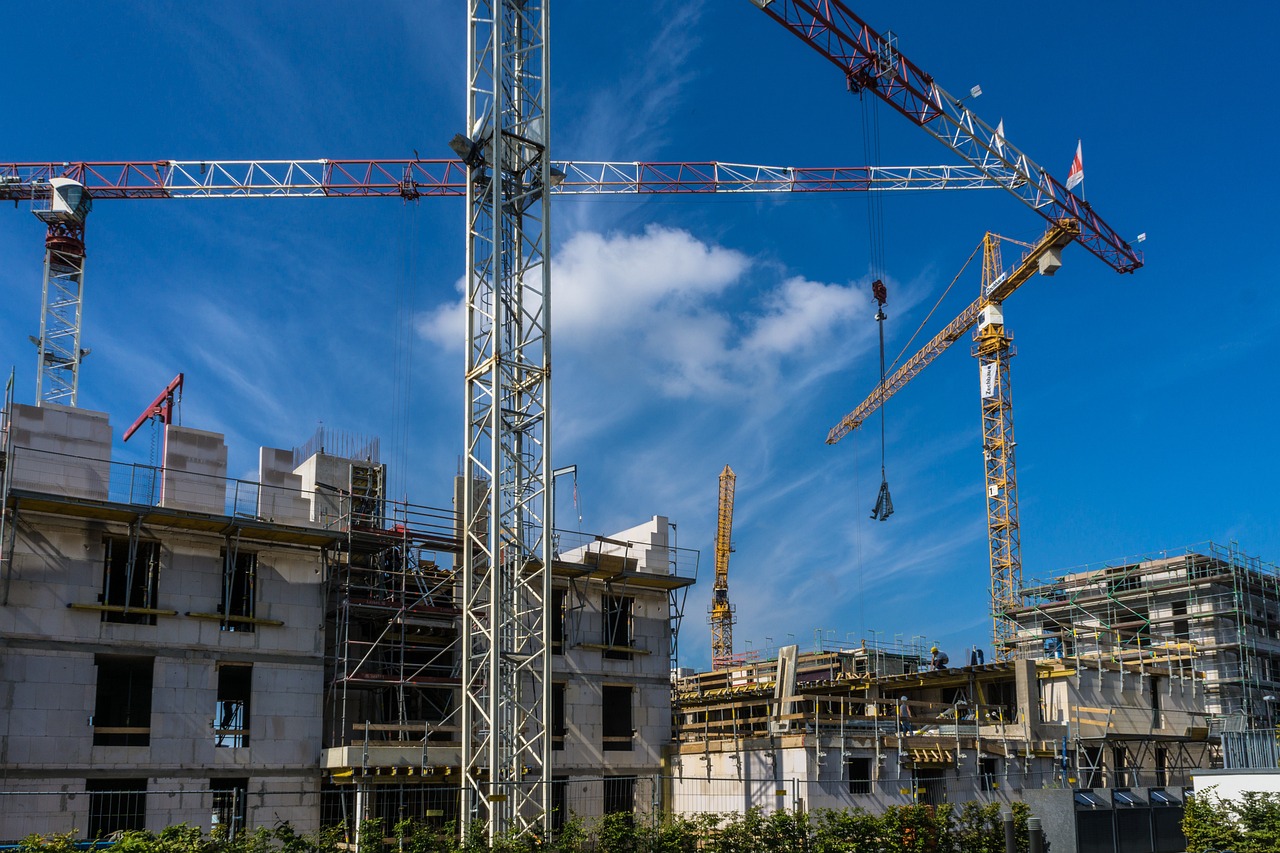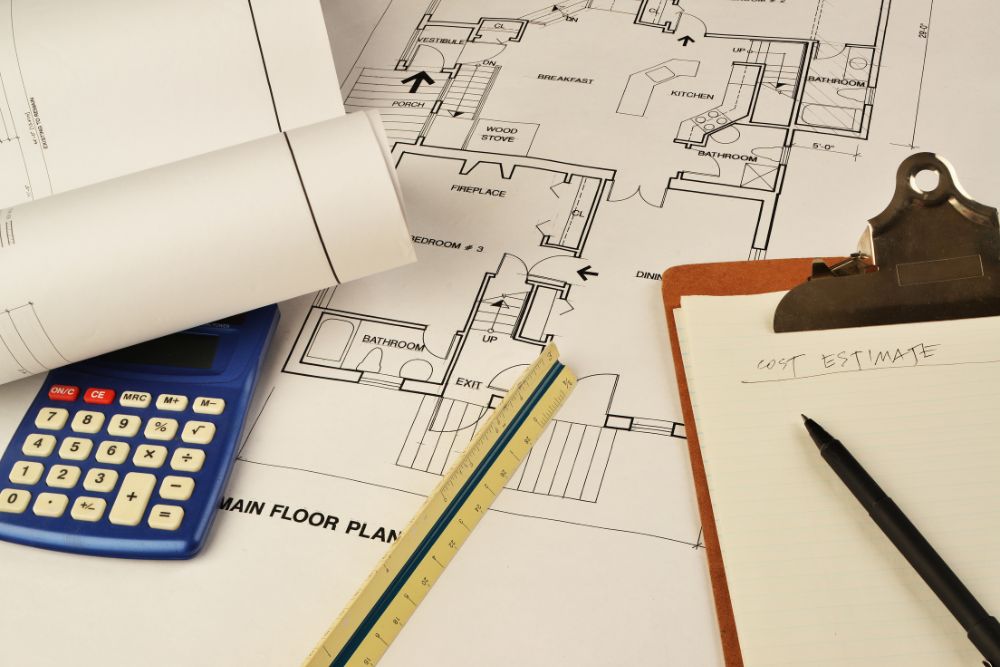Modified bitumen roofing is a popular choice for commercial buildings, especially those with flat or low-slope roofs. If you are wondering what is modified bitumen roofing, it is a system that combines traditional asphalt with modern polymers. This combination makes the roof durable, flexible, and long-lasting, able to withstand different weather conditions.
Building owners prefer it because it offers both reliability and modern performance, protecting their investment while adapting to hot, cold, or variable climates. In this blog, you will learn about the materials used, the types of modified bitumen roofing, installation methods, advantages and disadvantages, and how it compares to other flat roofing systems. By the end, you will understand whether this roofing system is suitable for your building.
What is Modified Bitumen Roofing
Modified bitumen is a modern version of traditional built-up roofing (BUR), which has been used on low-slope roofs for over a hundred years. It is made by mixing asphalt with rubber or plastic polymers. Then, it is reinforced with fiberglass or polyester fabric mats. This creates a strong, flexible, and waterproof roofing material.
Modified bitumen roofing is mostly used on low-slope commercial roofs. It can be installed in different ways depending on the type and materials. For example, it may be used as a two-layer system or a multi-ply system to give extra strength and protection.
Types of Modified Bitumen Roofing
There are two main types of modified bitumen roofing, each designed to perform well in specific climates and conditions. Understanding these types helps you choose the right roof for your building.
SBS (Styrene-Butadiene-Styrene)
SBS is rubber-modified and very flexible. It works well in cold climates and prevents cracking when the roof expands or contracts.
APP (Atactic Polypropylene)
APP is plastic-modified and more rigid. It resists heat and UV damage, making it ideal for hot, sunny climates.
Here is the comparison of both types:
Feature | SBS (Rubber-Modified) | APP (Plastic-Modified) |
Flexibility | High; stretches and bends easily | Medium: more rigid and firm |
Best Climate | Cold or variable temperatures | Hot and sunny climates |
UV & Heat Resistance | Moderate | High; strong against the sun and heat |
Durability | Excellent in cold weather | Excellent in hot weather |
Appearance | Typically granular or smooth | Often smooth, sometimes reflective |
Components of a Modified Bitumen Roof
A modified bitumen roof has several main parts that work together to keep a building dry and protected.
- Base Layer: This is a reinforced sheet that provides the first layer of waterproofing.
- Modified Bitumen Membrane: This is the main waterproof layer. It contains asphalt, polymer modifiers (rubber or plastic), and reinforcement materials.
- Surface Layer: The top coating protects the roof from UV rays and other environmental damage.
Types of Reinforcement in Modified Bitumen
The reinforcement gives strength and durability to the roof. It usually comes in two types:
- Fiberglass Mats: Provide stability and resist tearing.
- Polyester Fabric: Offers excellent stretch and prevents punctures.
How Modified Bitumen Membranes Are Made
The sheets are made by bonding all components under controlled conditions. Each sheet is usually 3–4 feet wide and up to 33 feet long.
Each sheet has multiple layers:
- A protective surface layer
- The modified bitumen compound
- The reinforcement layer
- A second layer of modified bitumen
- A backing material
This layered structure creates a strong, waterproof barrier. It protects the building from harsh weather while staying flexible during temperature changes.
How Is Modified Bitumen Roofing Installed?
Modified bitumen roofing can be installed in several ways, depending on the project and weather conditions. Each method has its advantages and is suited for specific needs.
1. Heat Welding (Torch-Down) Installation
Torch-down installation uses a propane torch to heat the back of the roofing sheet as it is rolled out. The heat makes it stick tightly, creating a strong, waterproof seal. This method is common for APP-modified bitumen and works best in warm, dry conditions. However, because it involves an open flame, there is a fire risk, so only skilled roofers should perform this installation.
2. Hot Asphalt Mopping
Hot-applied installation uses heated liquid asphalt spread across the roof. Then, the modified bitumen sheet is rolled into the hot asphalt, bonding it to the surface. This creates a strong, seamless layer. While it works well for large commercial projects, it requires more time, heavy equipment, and strict safety precautions due to the high heat.
3. Cold-Process Adhesive Application
The cold-applied method does not use heat. Instead, special adhesives stick the roofing sheet to the surface. This method is safer than torch-down or hot-applied systems and is ideal where fire safety is important. It also allows more flexibility in scheduling, because weather conditions have less impact.
4. Self-Adhering Membranes
Self-adhered membranes have a sticky backing covered by a protective film. Roofers peel off the film while rolling out the sheet, pressing it into place. This is the safest and simplest method, perfect for small roofs or residential projects. There is no heat, no fire risk, and less equipment is needed.
Important Considerations
No matter the method, surface preparation is crucial. The roof deck should be clean, dry, and primed. Temperature during installation should generally be between 40°F and 90°F for the best results.
Professional installers choose the method based on:
- Building codes and local regulations
- Project location and roof accessibility
- Weather conditions during installation
- Building use and occupancy
- Budget and safety requirements
 Pros and Cons of Modified Bitumen Roofing
Pros and Cons of Modified Bitumen Roofing
When deciding on a roof, it’s important to know both the benefits and drawbacks. Understanding these points can help you make the right choice for your building.
Pros:
- Durable: Flexible and strong; can handle storms and debris.
- Fire Resistant: Many membranes have a Class A fire rating, improving safety.
- Energy Efficient: Tight seals and UV-resistant layers (especially APP) reduce heat gain and energy loss.
- Waterproof: Multi-ply installation provides long-lasting protection against leaks.
Cons:
- Heat Absorption: SBS membranes have less UV protection; dark asphalt can increase interior heat.
- Foot Traffic Resistance: Moderate durability; lifespan around 20 years; not ideal for heavy foot traffic.
- Installation Odors: Some methods produce strong smells; may require moving people during installation.
- Pooling Issues: Certain membranes may still have minor water pooling.
Maintenance and Repair of Modified Bitumen Roof
A well-installed modified bitumen roof can last 10–20 years if properly maintained. Its lifespan depends on climate, weather exposure, installation quality, and regular maintenance. Other factors, like building use and local conditions, also affect durability. Regular care is key to keeping the roof strong and leak-free.
Essential Maintenance Tasks
To keep your roof in good condition:
- Clear debris from the surface and drains at least once a month.
- Remove standing water within 48 hours to prevent damage.
- Inspect seams and flashings every three months for bubbling, cracks, or separation. Repair issues immediately.
Professional Maintenance Schedule
Follow a professional schedule to extend your roof’s life:
- Have an expert inspect the roof every spring and fall.
- Clean gutters and drains twice a year.
- Reseal the roof every 3–5 years if needed.
Watch for warning signs like bubbles, cracked seams, water stains, or standing water. Acting quickly prevents costly repairs.
Repair Process and Inspections
Regular inspections help catch problems early. Here’s how repairs usually work:
- Clean the damaged area: Remove debris and dry the surface.
- Cut and remove the damaged section: Carefully take out the old membrane.
- Apply new material: Cut a new membrane piece, spread roofing cement, press it into place, and seal the edges.
During inspections, check seams, flashings, drainage areas, vents, and pipes. Keep notes on anything unusual. Professional contractors recommend bi-annual inspections in spring and fall, focusing on corners, edges, and penetrations.
Modified Bitumen vs. Other Flat Roofing Systems
Before deciding on a flat roof, it’s important to look at your options. Modified bitumen performs differently from TPO, EPDM, and BUR, so comparing them helps you make the right choice. Here is the quick comparison:
Feature | Modified Bitumen | TPO (Thermoplastic Polyolefin) | EPDM (Rubber Membrane) | BUR (Built-Up Roofing) |
Flexibility | Flexible; handles temperature changes well | Moderate; single-ply | Very flexible; works well in cold | Less flexible; multiple layers |
Durability | Strong against punctures and foot traffic | Durable but less in cold | Durable in cold; weaker against punctures | Very durable and protective |
Weather Performance | Works well in hot and cold climates | Best in hot, sunny areas | Best in cold climates | Strong in all weather, heavy-duty |
Installation | Torch-down, cold-adhesive, self-adhered | Single-ply, heat-welded | Single-ply, adhesive or ballasted | Layers of asphalt and felt; gravel top |
Energy Efficiency | Moderate; can be reflective | High; reflects sunlight | Low; absorbs heat | Low; absorbs heat unless covered |
Weight | Moderate | Lightweight | Lightweight | Heavy |
Maintenance | Moderate; easy repairs | Moderate; seam attention needed | Moderate; watch for punctures | High, complex, and professional repairs |
Best For | Versatile; commercial roofs with foot traffic | Energy-efficient, hot climates | Cold weather, flexible roofs | High protection, heavy-duty roofs |
FAQs
What Is The Difference Between Bitumen And Modified Bitumen?
Bitumen is a natural asphalt used for waterproofing. Modified bitumen is enhanced with rubber or plastic polymers, making it more flexible, durable, and resistant to temperature changes.
What Are The Common Uses For Mb Roofing?
Modified bitumen roofing is mostly used on flat or low-slope roofs. It’s common on commercial buildings, apartments, warehouses, and industrial structures. It protects against water, UV rays, and weather damage.
Is Modified Bitumen A Good Roof?
Yes, it is a reliable and strong roofing option. It lasts 10–20 years, resists punctures, handles foot traffic, and works in different climates. Proper installation and maintenance improve its performance.
What Is Cold-Applied Roofing?
Cold-applied roofing uses adhesives instead of heat to stick the roofing material to the surface. It is safer, easier to install, and reduces fire risk, especially for commercial or residential roofs.
Is It Possible To Install Modified Bitumen During Cold Weather Conditions?
Yes, but it can be more challenging. Cold weather may reduce adhesion, so installers often use cold-applied adhesives or wait for temperatures above 40°F to ensure proper bonding.
Final Thoughts
Modified bitumen is a reliable and flexible option for flat or low-slope commercial roofs. It provides excellent protection against weather, UV rays, and foot traffic, ensuring long-lasting performance. By understanding what is Modified Bitumen Roofing, building owners can make informed decisions and choose the best system for their needs.
For accurate planning and budgeting, Prime Estimation offers professional roofing estimating services.
Contact us today to ensure your modified bitumen roof is designed and priced for maximum durability and efficiency.

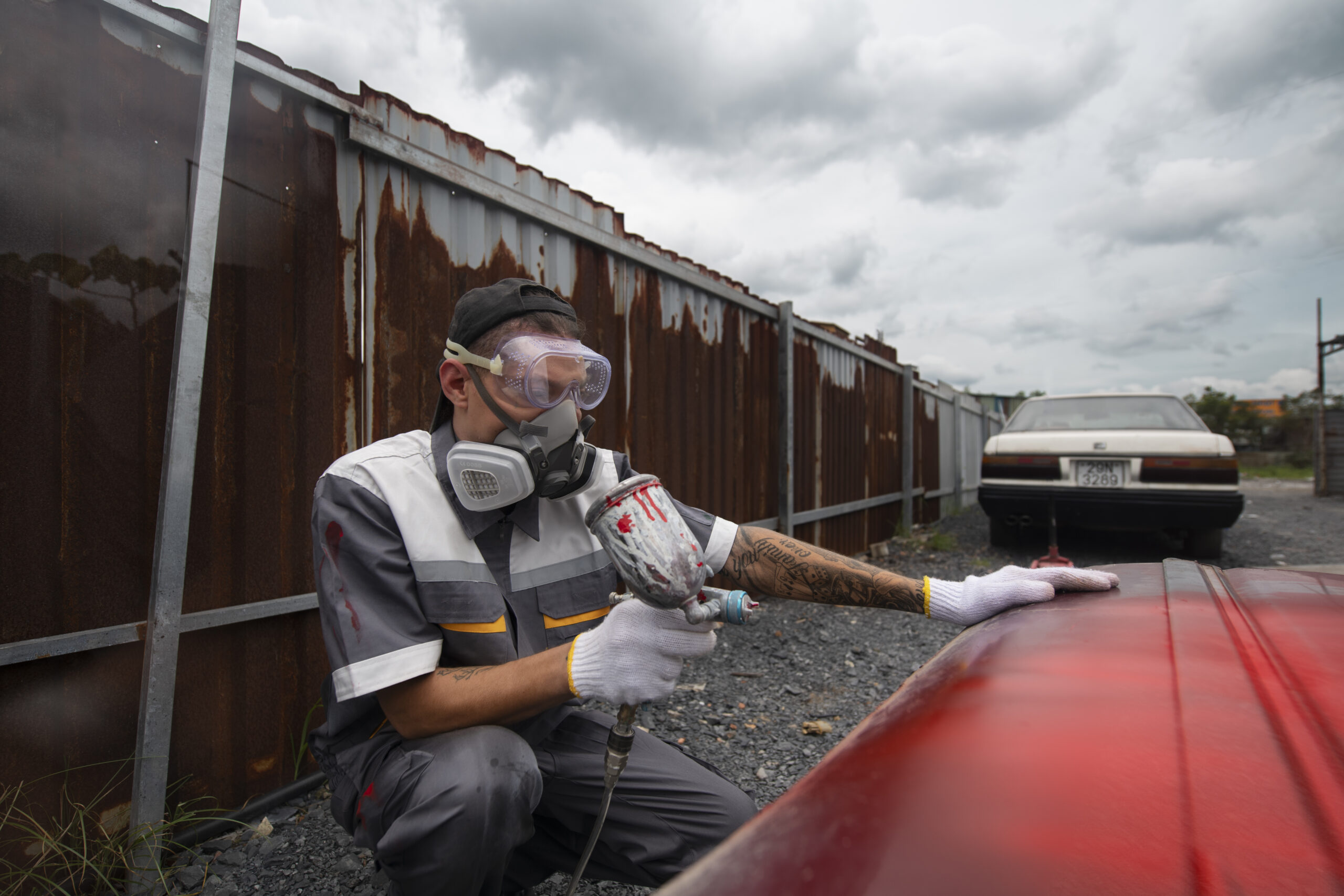
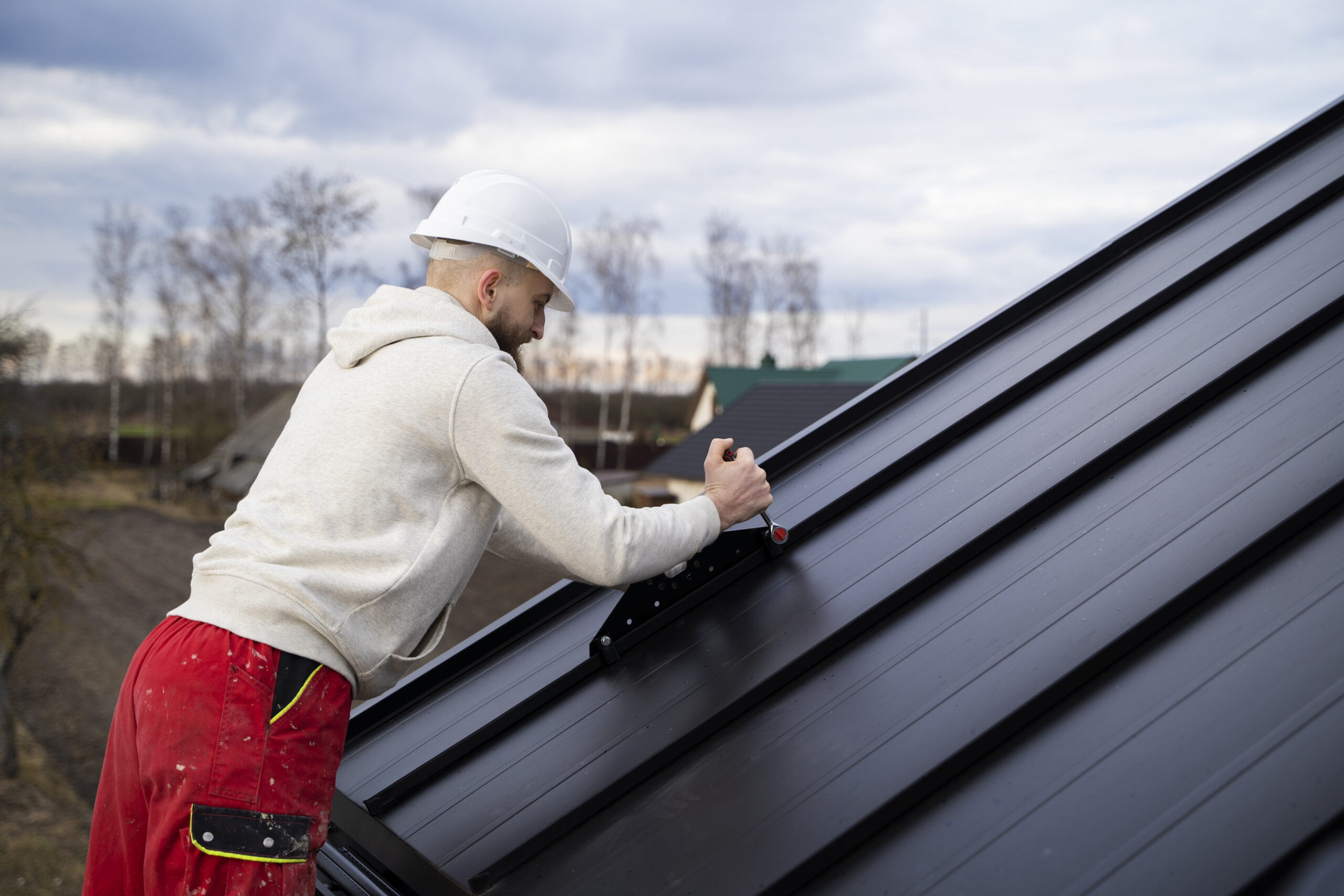 Pros and Cons of Modified Bitumen Roofing
Pros and Cons of Modified Bitumen Roofing

